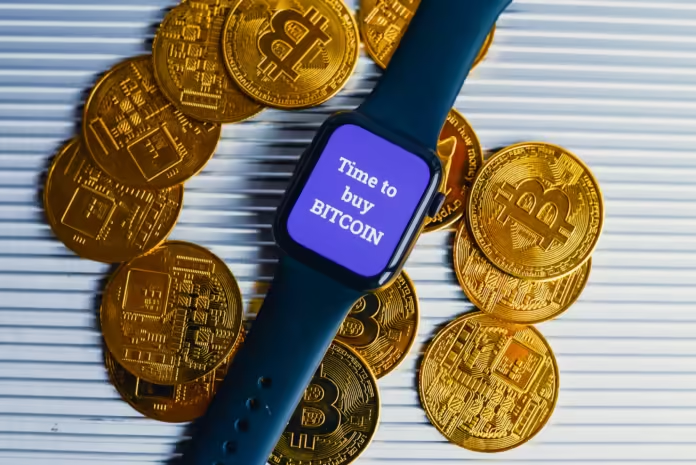Riot Platforms, a major player in the Bitcoin mining industry, reported a significant financial downturn in Q2 2024, following the Bitcoin halving event in April. Despite ramping up their Bitcoin production and achieving record hash rate capacity, the company faced increased operational costs and reduced block rewards, leading to a reported loss of $27.7 million for the quarter.
The Bitcoin halving event, which occurred on April 20, 2024, reduced the mining rewards from 6.25 BTC to 3.125 BTC per block. This halving event, a fundamental aspect of Bitcoin’s deflationary economic model, aims to limit the total supply of Bitcoin over time. While halving events have historically been bullish for Bitcoin’s price in the long term, they pose immediate challenges for miners by cutting their rewards in half while their operational costs remain unchanged or even increase.
For Riot Platforms, the halving resulted in a 43% decrease in Bitcoin production in May, dropping to 215 BTC from higher monthly figures earlier in the year. This decline in production, coupled with the reduced block rewards, significantly impacted the company’s revenue streams.
Riot Platforms reported total revenue of $76.7 million for Q2 2024, a 5.2% increase from the same period in 2023. This revenue was primarily driven by a 27% year-on-year increase in Bitcoin production, despite the drop in Bitcoin prices. The firm’s mining revenue accounted for $49.7 million of this total, with an additional $13.5 million generated through power curtailment credits, a strategic move to manage operational costs.
The power curtailment strategy has been particularly noteworthy. Riot has leveraged its participation in ERCOT’s Four Coincident Peak Program (4CP), which allows them to curtail their energy consumption during peak demand periods, earning substantial credits that reduce overall power costs. This approach not only helps manage expenses but also contributes to grid stability, reflecting a symbiotic relationship with the Texas power gridInfrastructure Developments.
To mitigate the impact of reduced block rewards and ensure long-term growth, Riot has made significant investments in expanding its mining infrastructure. In June 2024, Riot added an additional 7.3 exahashes per second (EH/s) to its hash rate capacity, bringing its total to 22.0 EH/s. This expansion was primarily achieved through the deployment of latest-generation MicroBT miners at their Corsicana and Rockdale facilities.
Riot’s Corsicana facility, currently operating at 100 megawatts (MW), is expected to scale up to 1 gigawatt (1,000 MW) upon full development. This aggressive expansion strategy aims to boost Riot’s self-mining hash rate capacity to 31 EH/s by the end of 2024 and further to 41 EH/s by 2025.
Despite these efforts, Riot Platforms continues to face significant challenges. The increased operational costs, particularly post-halving, have squeezed profit margins. The average cost to mine a Bitcoin in Q2 2024 was $8,389, a figure that underscores the financial pressures facing the company.
Furthermore, Riot’s Q2 net loss of $27.7 million, while a substantial reduction from the $353.5 million loss in the same period the previous year, highlights the ongoing struggle to achieve profitability. The company’s share price also reflected investor concerns, dropping 0.86% in after-hours trading following the announcement of the Q2 results.
Looking ahead, Riot Platforms appears to be well-positioned to navigate these challenges. The company’s strategic focus on infrastructure development, coupled with innovative power management strategies, provides a strong foundation for future growth. Moreover, the potential for a post-halving bull run in Bitcoin prices could significantly enhance profitability if market conditions improve.
Riot Platforms’ Q2 2024 performance underscores the complexities and challenges faced by Bitcoin miners in a post-halving environment. While the halving event has undeniably strained financial performance, Riot’s proactive strategies in infrastructure expansion and power management highlight its resilience and adaptability. As the company continues to enhance its operational efficiencies and navigate the evolving crypto landscape, it remains poised to capitalize on future opportunities in the Bitcoin mining sector.
